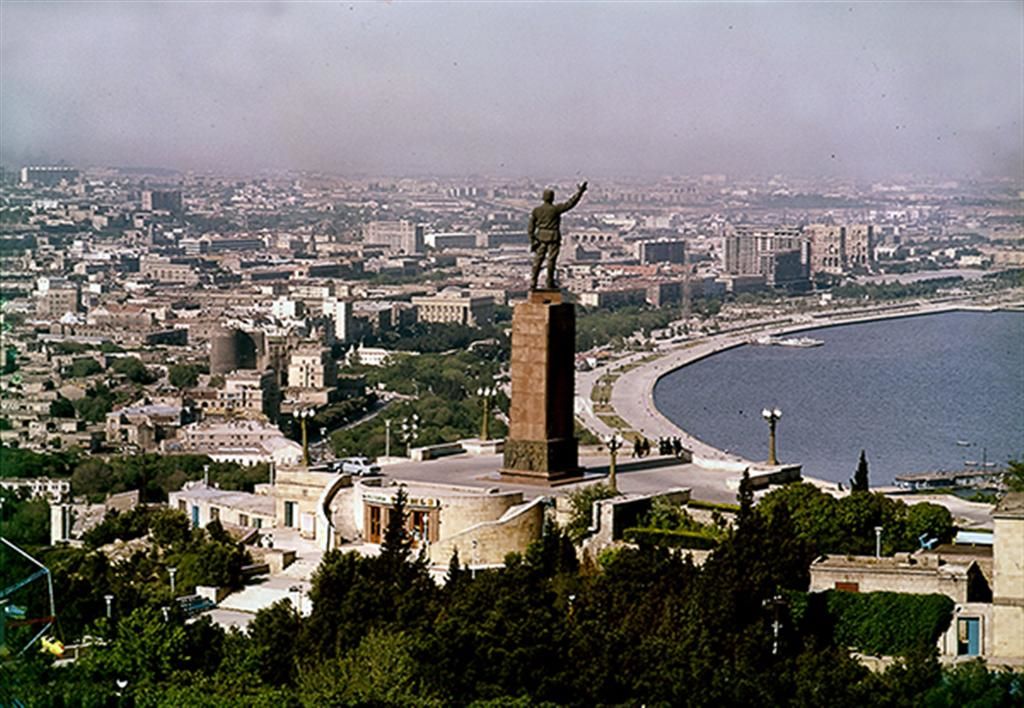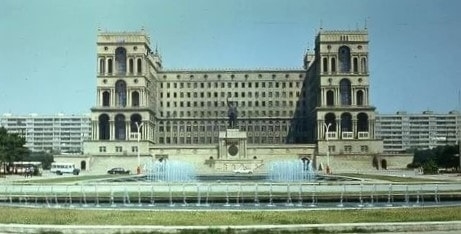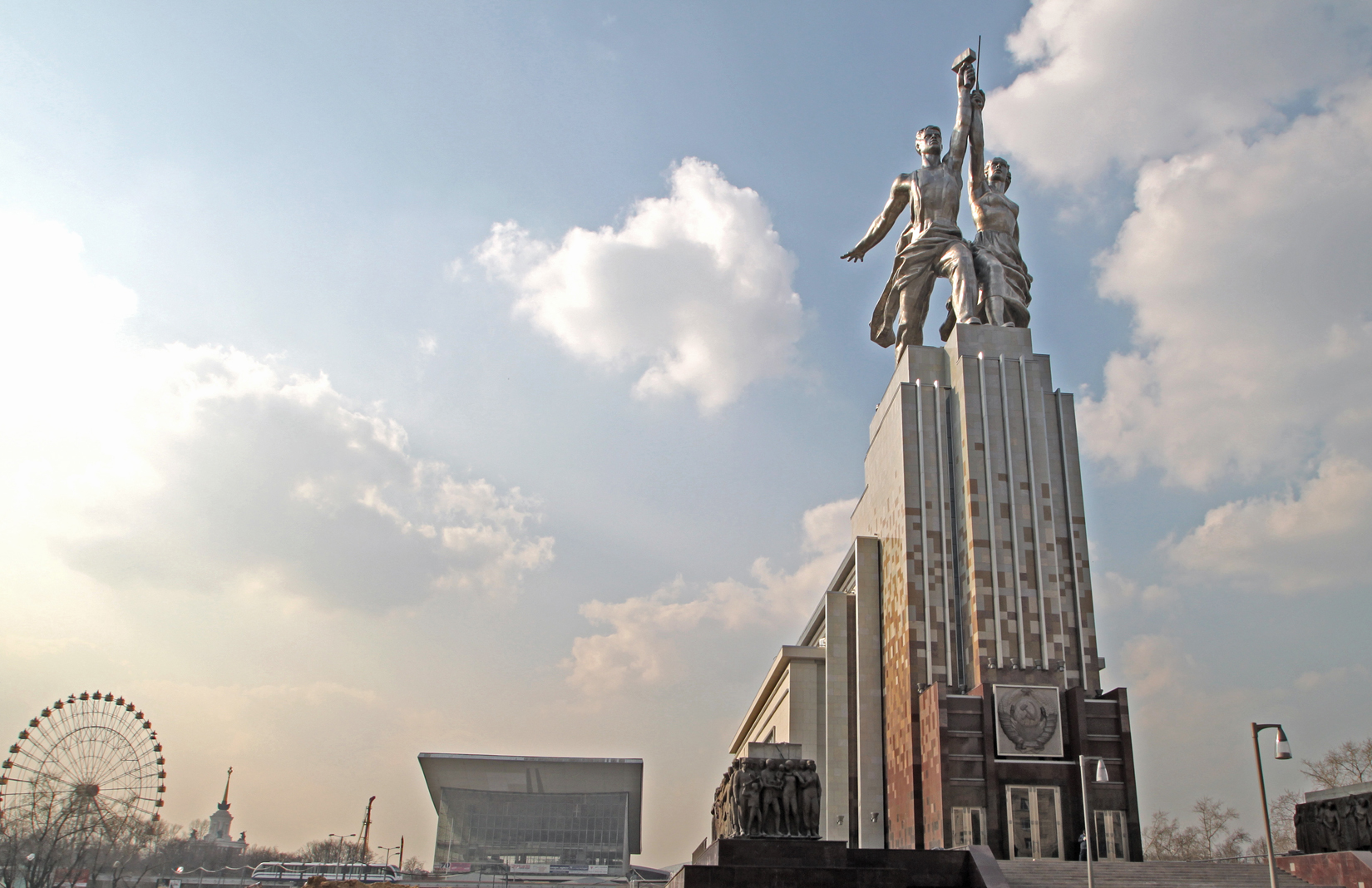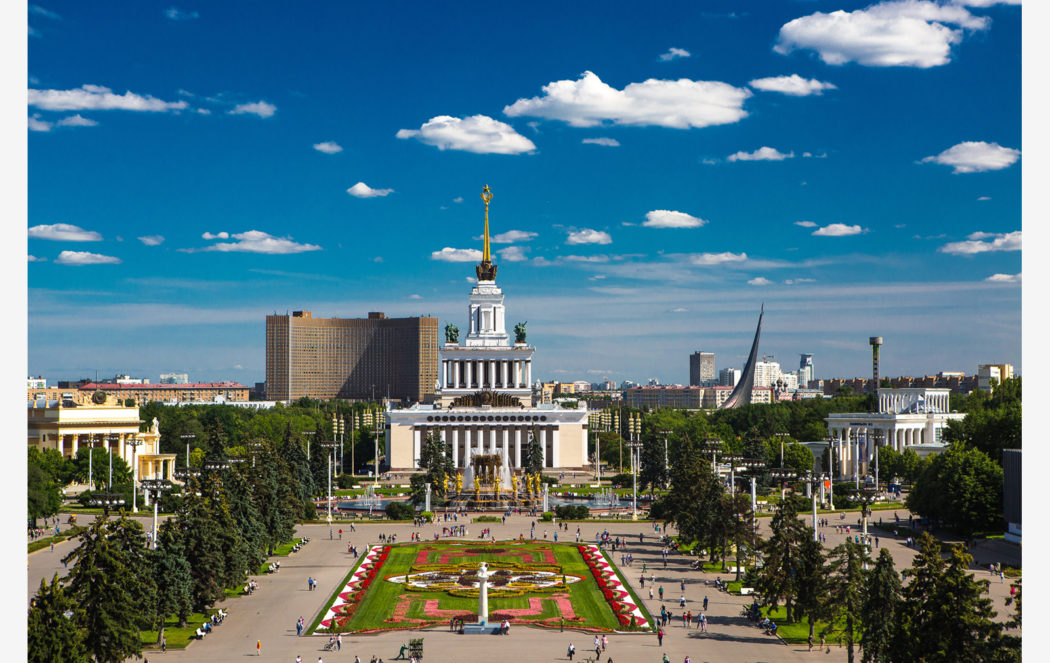By Federico Bellentani
Monuments and memorials are built forms with commemorative as well as political functions. They can articulate selective historical narratives focusing attention on convenient events and individuals, while obliterating what is discomforting for an elite. While articulating historical narratives, monuments can set cultural agendas and legitimate political power. Thus, elites design monuments to convey the kinds of ideals they want citizens to strive towards.
This is particularly evident in transitional societies associated with regime change (Grava 1993: 19-10). In transitional societies, monuments and memorials are used to set cultural and political agendas and to educate citizens toward dominant meanings (Tamm 2013). Nevertheless, individuals can differently interpret and use monuments in ways designers might have never envisioned.
This post argues that a connection between analytical frames developed in the field of cultural geography and semiotics can contribute to a better understanding of the multiple interpretations of monuments and memorials in regime change.
Three limitations of the geographical and the semiotic perspectives on monuments and memorials
There is a significant geographical and semiotic literature looking at the multiple interpretations of monuments and memorials. Cultural geography has assessed the role of monuments in perpetuating cultural norms, social order and power relations. Since David Harvey (1979) analysed the political controversy over the Sacré-Coeur Basilica in Paris, several publications in human and cultural geography have appeared documenting the cultural and political significance of monuments (Wagner-Pacifici and Schwartz 1991; Hershkovitz 1993; Johnson 1995; Peet 1996; Withers 1996; Atkinson and Cosgrove 1998; Osborne 1998; Dwyer 2000; Whelan 2002; Hay et al. 2004; Benton-Short 2006). Despite variety in empirical analysis, this geographical research has based on two common assumptions. First, monuments play an important role in the definition of a uniform national memory and identity. Second, monuments are tools to legitimise and reinforce political power. These two assumptions can be seen as interdependent: in practice, the national politics of memory and identity embodied in monuments can legitimise and reinforce political power.
While assessing the role of monuments in perpetuating power relations, geographers have rarely discussed how the materiality of monuments can effectively convey political messages and thus legitimate political power. Furthermore, geographical research has tended to focus on the elite intentions, while underestimating how monuments are interpreted at non-elite levels.
By inviting questions on ‘readership’, semiotics has sought to overcome the restricted focus on the designers’ intentions that has characterised the geographical approach. Inspired by the debate around the conflation between memory, history and place (e.g. Nora 1989), semiotics has begun to analyse monuments as communicative devices to promote selective “discourses on the past” (Violi 2014: 11, my trans.). Discourses on the past always present a “partial vision” focusing attention on selective histories while concealing others (Eco 1976: 289-290). As a consequence, discourses on the past can affect present and future identity as well as the ways in which individuals represent themselves and relate to each other (Violi 2014: 18). Several semiotic analyses have aimed to explain how monuments can establish specific understandings of the past addressing the effects a given material representation of memory has had at the societal level (Pezzini 2006; Sozzi 2012; Abousnnouga and Machin 2013).
Despite the efforts to focus attention on ‘readerships’, the key limitations identified in the geographical perspective persist in the semiotic analysis of monuments and memorials. Semiotic analysis has scarcely discussed how the materiality of monuments actually conveys political meanings. Moreover, it has largely considered non-elite interpretations as spontaneous reactions to more prominent elite meanings.
In brief, the geographical and the semiotic perspectives on the interpretations of monuments and memorials have grounded themselves on three key limitations:
- There has been no extended discussion of how the material and the symbolic levels of monuments actually convey political meanings.
- There has been no extended discussion of how monuments actually reinforce political power.
- Little attention has been paid to how monuments are interpreted at the non-elite levels.
A holistic perspective on meaning-making of monuments and memorials
A holistic perspective connecting analytical frameworks in cultural geography and semiotics can overcome the limitations identified in the section above, developing a theory that conceives the interpretations of monuments and memorials as depending on three interplays: a) between the material, symbolic and political dimensions; b) between designers and users; and c) between monuments, the cultural context and the built environment.
More Here










